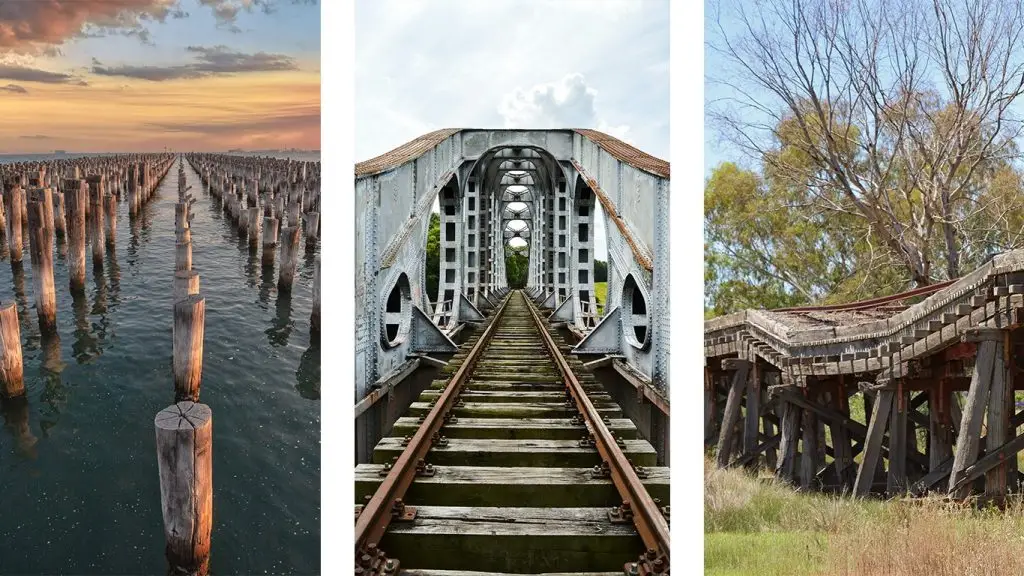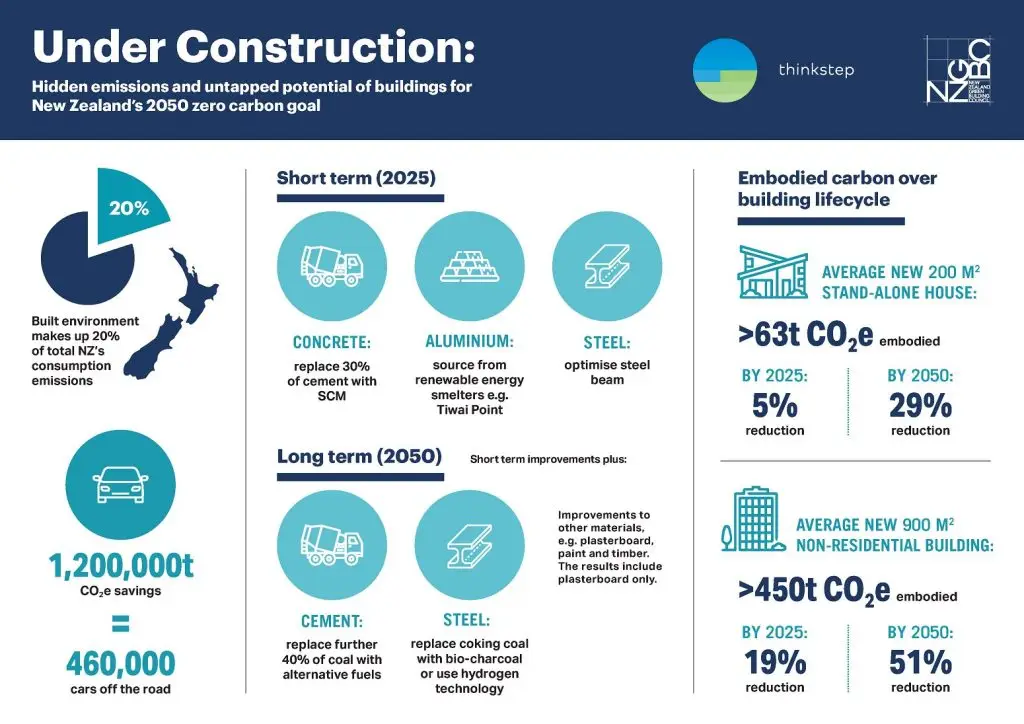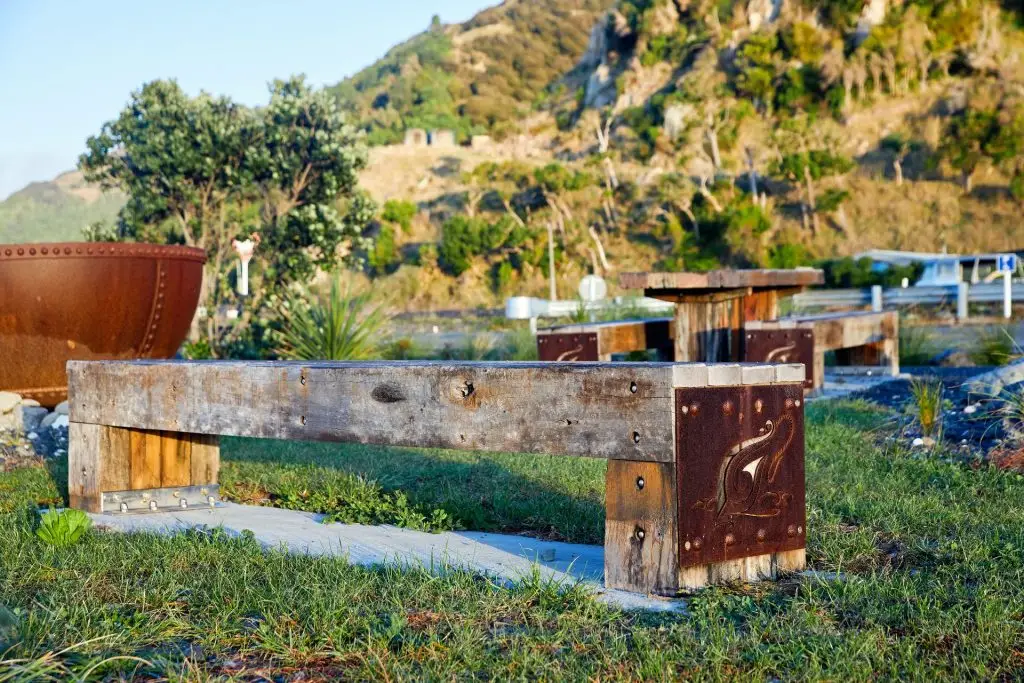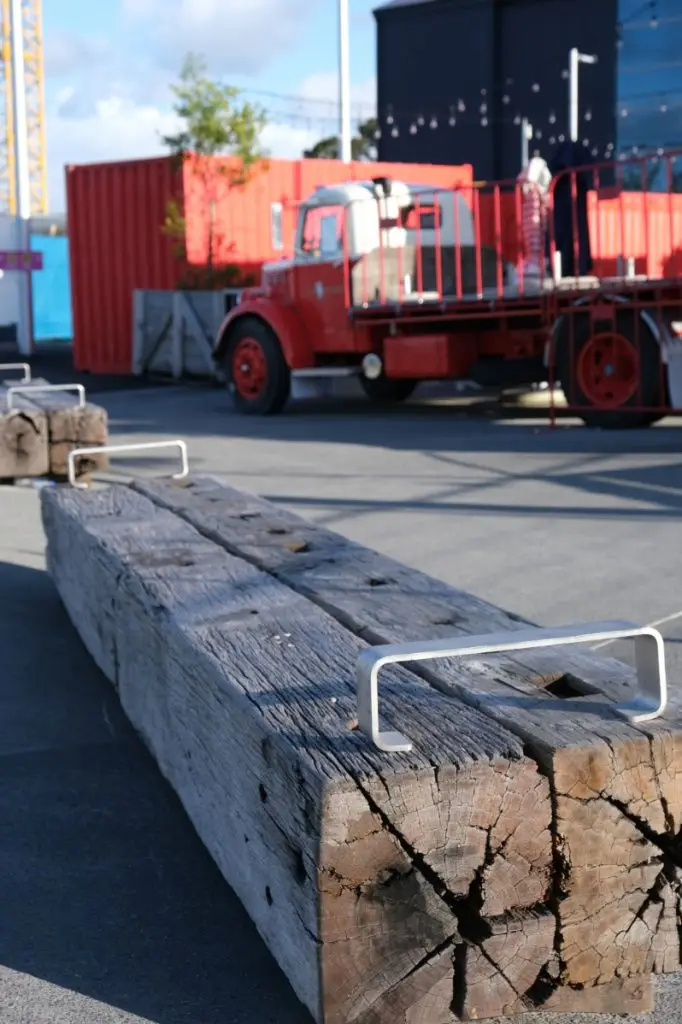In the world of architecture, construction, and landscaping, there’s a quiet revolution underway, and it’s all about going green. Not the colour – we’re talking about sustainability. One of the most exciting ways to jump on this eco-friendly movement is by using reclaimed hardwood timbers.
Picture this
An old wharf with huge timber piles, hanging cross members with rusty bolts and chains. An overgrown used railway line to nowhere, with sleepers undisturbed for decades. Even the massive, weathered frames of a dismantled historic bridge patiently waiting for a new home.
These timbers, once forgotten or destined for the scrap heap, are getting a second lease on life, thanks to the magic of repurposing. But why should Kiwis care about using reclaimed timber in their projects?
New Zealanders are proud of our pristine landscapes and commitment to conservation. Instead of chopping down fresh trees, we’re salvaging quality wood that’s already been harvested, and beautifully aged.

According to the New Zealand Green Building Council (NZGBC), approximately 20% of our emissions emerge from the built environment, with around 10% embodied in building materials. By using sustainable materials like reclaimed timber, we can slash those emissions and build a brighter future for generations to come.

Why are buildings such big offenders when it comes to carbon?
It all comes down to the materials we use and the way we build. Traditional building materials like concrete, steel, and virgin-treated timber come with a hefty carbon footprint. Manufacturing these materials requires vast amounts of energy, which in turn releases greenhouse gases into the atmosphere. Let us also not forget about transportation, hauling these raw resources to the factory, then the manufactured materials from factory to the construction site only adds to their carbon tally. However, it’s not just about the manufacturing process – it’s also about the materials themselves. – Natural, reclaimed materials like timber have something special that their manufactured counterparts can’t match, carbon storage.
You read right.
Timber absorbs and stores carbon dioxide from the atmosphere, acting as a natural carbon sink. So, not only are you avoiding emissions by using reclaimed timber, but you’re also locking away carbon for years to come. Talk about a win-win!
Here’s where things get interesting. By opting for natural, reclaimed materials instead of newly manufactured ones, industry professionals can dramatically reduce their projects’ carbon emissions.
But wait, there’s more! Did you know that using reclaimed timber can help combat climate change? It’s true. When timbers are left to rot (or burned in landfills like they once did), they release harmful greenhouse gases like carbon dioxide. By giving these timbers a new purpose, we’re keeping those gases out of the atmosphere and reducing our carbon footprint for a lot longer.
Unlike concrete and steel, which require energy-intensive production methods, reclaimed materials are already made. By using timber that’s been salvaged from old buildings, bridges, or railway lines, we’re bypassing the need for energy-intensive manufacturing altogether. That means fewer greenhouse gases and a lighter environmental footprint from the get-go.

Reclaimed hardwoods aren’t just good for the planet – they’re also timeless in style. Think rich, warm tones, unique textures, and a sense of history that you can’t find in brand-new timber. Whether you’re building a modern masterpiece or a rustic retreat, reclaimed timber adds character and charm like nothing else.
Perhaps the most compelling reason for industry professionals to choose natural, reclaimed materials – other than the fantastic finishes that can be created, is the message they send. By prioritizing sustainability and environmental stewardship in their projects, architects, builders, developers, and their clients can lead the charge towards a greener, more sustainable future for New Zealand. In an industry that’s often criticized for its environmental impact, that’s a message worth shouting from the (carbon-neutral) rooftops.

What are Green Star Buildings?

A major indication that the professions and industries are moving towards sustainability is the revamping of Green Star Buildings NZ. Soon to be the gold standard for environmentally friendly construction in New Zealand. Buildings that achieve Greenstar certification are recognized for their sustainable design, construction, and operation.
So, what does all this mean for you, dear reader? Well, if you’re in the market for designing, building, or landscaping in New Zealand, reclaimed timber should be on your radar. Lucky for you, Interlink Ltd has got it covered. With a wide range of reclaimed hardwoods, from weathered railway sleepers to antique bridge beams, there is everything you need to make your green building dreams a reality. If you’re serious about tackling carbon emissions in the New Zealand building industry, choosing natural, reclaimed materials is a no-brainer. Not only do they help reduce emissions from manufacturing and transportation, but they also store carbon and promote durability and longevity.
Get in touch with us today to learn more about how reclaimed timber can elevate your next project. Whether you’re a seasoned architect, a DIY enthusiast, or just someone who cares about the planet, we’re here to help. Together, we can build a greener, more sustainable future for Aotearoa. Let’s make it happen.

